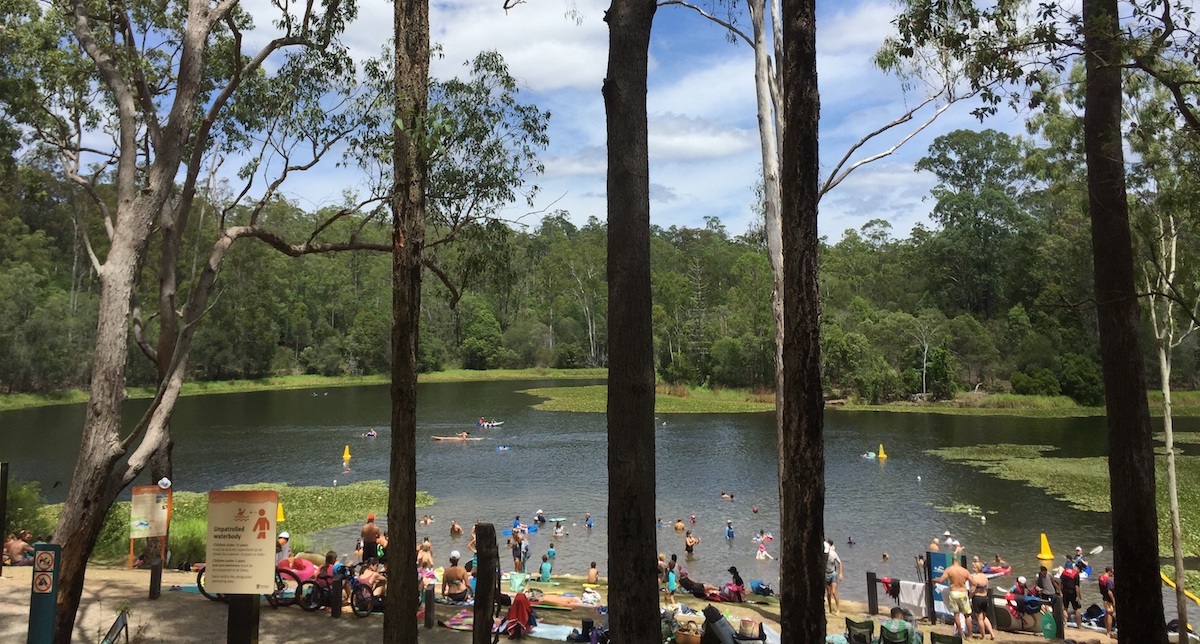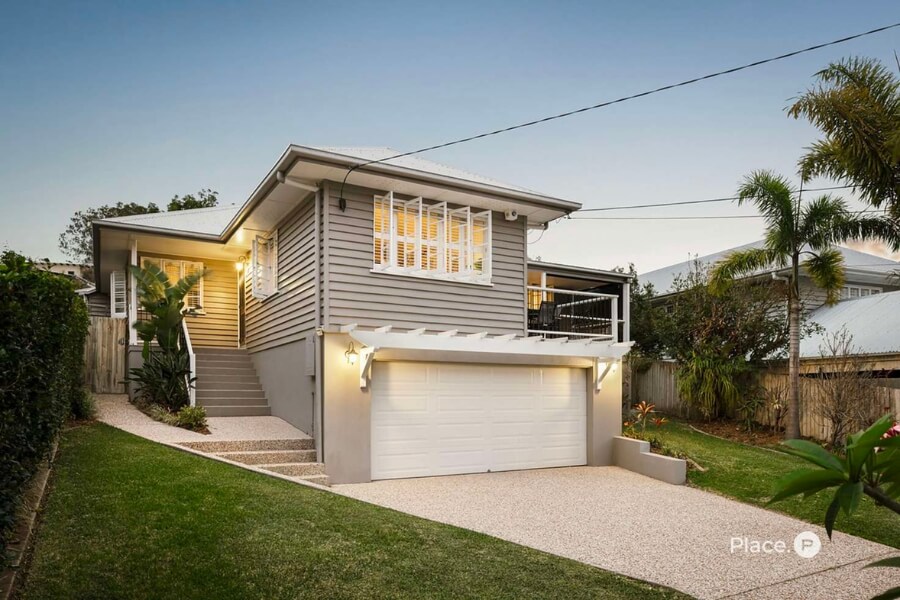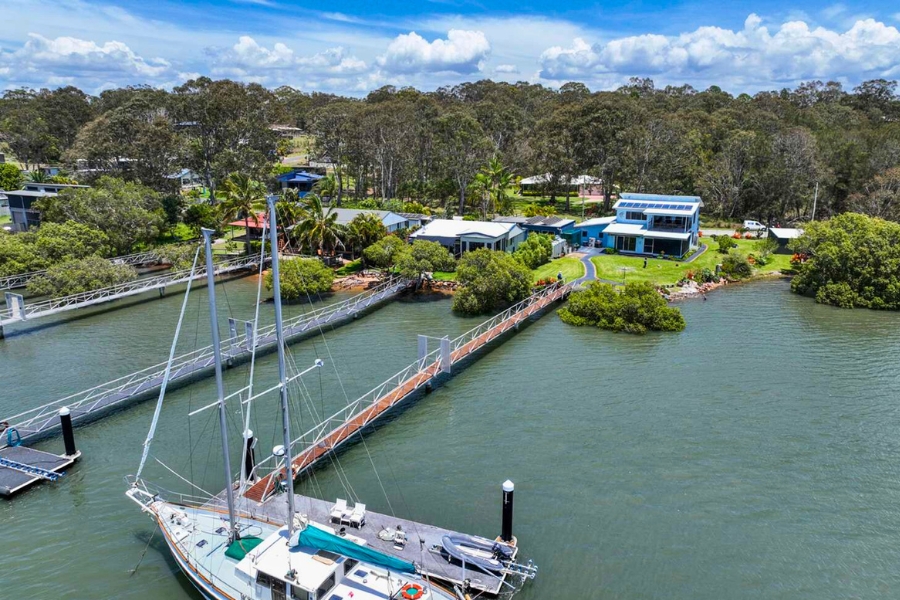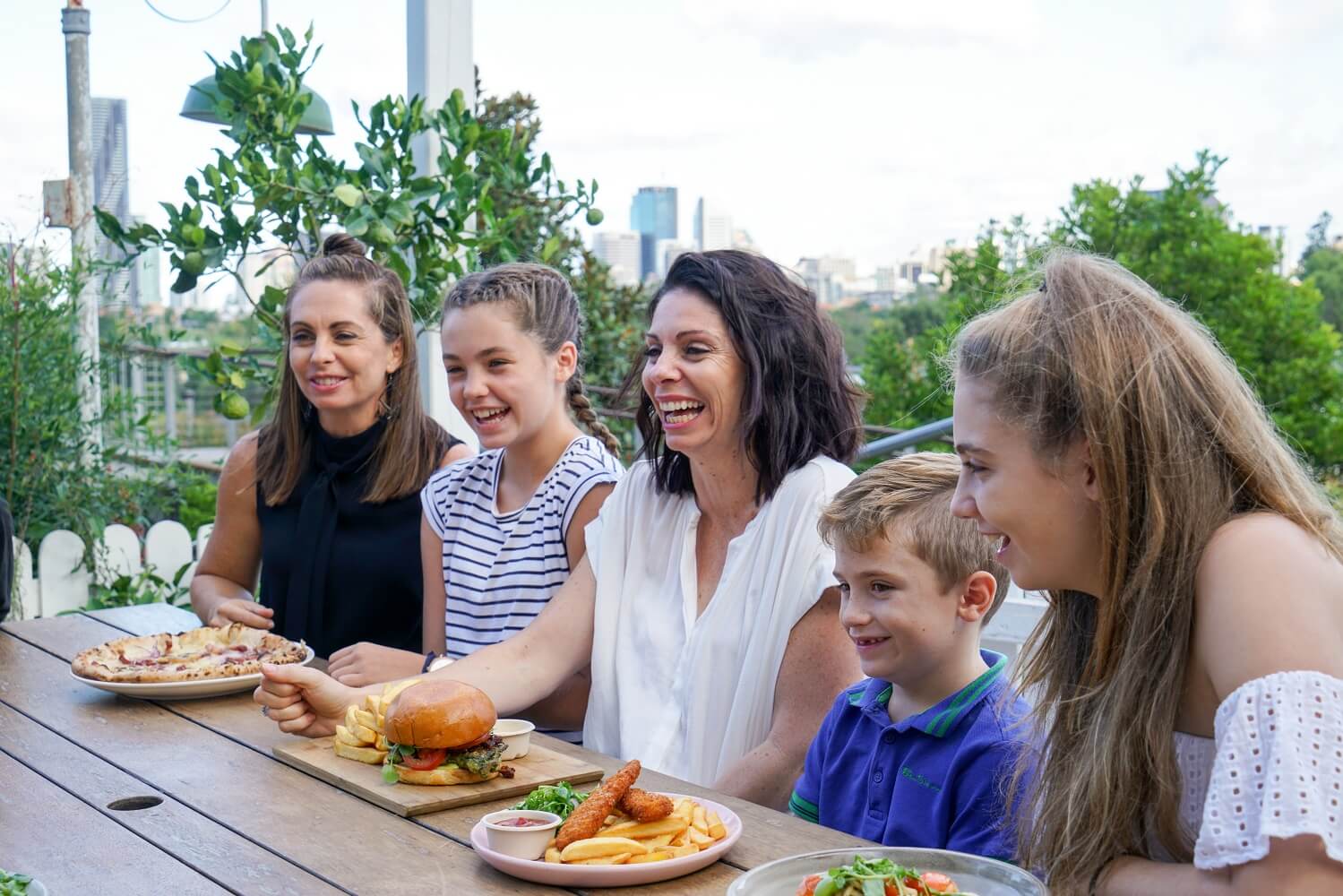We all know the saying…Queensland, beautiful one day, perfect the next! And Queensland’s capital city is no different! Brisbane has an average of 283 days of sunshine a year. That statistic coupled with the abundance of wildlife and gorgeous landscapes makes it one of the most liveable cities in the world.
If you’re looking to move to Brisbane or even thinking about moving within the Greater Brisbane region, we’ve listed the best Brisbane suburbs for nature lovers based on their teeming wildlife and stunning natural settings. Ready to get back to nature? Here we go!
Topics in this article:
Bunya
Bunya is a suburb in the Moreton Bay Region, Queensland, Australia. It’s a short 25-minute drive north-west of Brisbane city. Bunya is home to the Bunyaville Forest Reserve and it’s full of creeks, swimming holes and walking tracks. In Bunyaville Forest Reserve you’ll find the family-friendly Bunya Creek Crossing.
 Bunyaville Forest Reserve
Bunyaville Forest Reserve
The best thing about the Bunya Crossing Reserve swimming hole is that it’s great for people of all ages. Toddlers can splash in the shallows and older kids can enjoy the slightly deeper water that is quiet and calm. There are rope swings tied on to numerous trees for the older kids. Bunya is a fantastic place to enjoy the water, wildlife and walks any day of the week!
You can also visit the gorgeous Kumbartcho Sanctuary and Nursery. Kumbartcho is a flora and fauna sanctuary incorporating walking tracks, a public park, BBQ and playground, all of which are open between 7am and 7pm to the public free of charge. There is also a native plant nursery where plants can be purchased for as little as $2 and an Environmental Education Centre with videos, a reference library, touch and feel table, displays, and arts and crafts for children.
Boondall
Boondall Wetlands is located 15 kilometres north of Brisbane’s CBD. The wetlands lie on the edge of Moreton Bay between Nudgee Beach, Boondall and Shorncliffe and include approximately 1500 hectares of tidal flats, mangroves, saltmarshes, melaleuca wetlands, grasslands and open forest.
These wetlands home the Boondall Environment Centre and are home to a wide variety of native bird life inhabiting its tidal flats, mangroves and open forests. The Boondall wetlands offer habitats for over 190 species of birds. Including:
- Black-shouldered and brahminy kites, Australian kestrels and ospreys.
- Whimbrels, godwits, plovers, tattlers, sandpipers and curlews on the mudflats.
- Ducks, egrets, herons and cormorants foraging within the wetlands.
- Kingfishers in the mangrove forest.
- Rainbow bee-eaters on the mangrove boardwalk.
Take the kids for a bike ride along the Boondall Wetlands trail which is nestled on the edge of Moreton Bay between Nudgee and Shorncliffe. It’s an easy ride for kids that will have you riding through tidal flats, mangroves, saltmarshes, grasslands, forests and some of the most beautiful woodlands in Brisbane.
 Boondall Wetlands trail
Boondall Wetlands trail
Wellington Point
Perched on the tip of a peninsula, Wellington Point located in the Redlands has a bustling, friendly atmosphere where the water and seaside are enjoyed to the fullest by locals and the many people who visit this village on weekends. This residential area also boasts substantial conservation areas and open space.
The most well-known location at Wellington Point is the Wellington Point Reserve. With spectacular ocean views of both King Island off the point and the Manly Marina, it’s a beautiful area to spend the day out with the family. There are playgrounds, walking tracks and, being a peninsula, lots of beachfront! As you walk around the reserve, you’ll find some steps that lead down towards another beach, where at low tide you can take the 3.3km round trip out to King Island. The small island is home to many interesting creatures for the kids to investigate, such as crabs, seagulls, small fish and at certain times of the year, even jellyfish.
 Wellington Point
Wellington Point
Tarragindi
Tarragindi is a suburb on the southern side of Brisbane and home to the beautiful Toohey Forest Park. Toohey Forest Park, which includes Mt Gravatt Outlook Reserve is approximately 260 hectares in size and is located 10 kilometres south of the city CBD. The typical eucalypt forest is home to over 400 species of native wildlife and plant species.
 Toohey Forest Park
Toohey Forest Park
Mt Gravatt Outlook Reserve is part of Toohey Forest Park and offers spectacular views of the city, surrounding suburbs, and on clear days, Moreton Bay Islands, the D’Aguilar Ranges and the Glasshouse Mountains.
Nature lovers may see:
- Tawny frog-mouths, gliders, possums, bats and flying foxes.
- Kookaburras, grey shrike-thrushes, white-throated treecreepers, rainbow lorikeets, eastern spinebills and yellow-faced honeyeaters.
- Lizards, goannas, skinks and geckoes.
- Ant nests that may have been disturbed by short-beaked echidnas.
Shorncliffe
Shorncliffe is situated northeast of Brisbane and is the neighbouring suburb of Sandgate. With highly sought after property, this seaside suburb is a hub of people, animals and places that are all enjoying the area’s main attraction – the beach!
 Shorncliffe
Shorncliffe
Any day of the week you can take a stroll along the beachfront from Shorncliffe to Sandgate and (if you are keen) on to Brighton. There are parks and playgrounds along the way – from Moora Park at the Shorncliffe end to Decker Park at the other end – just before the Hornibrook Bridge to Redcliffe.
Turn over some rocks to see soldier crabs. Throw a line in to catch some fish (beware the occasional jellyfish) or just watch the birds while scoffing some fish and chips from one of the many cafes along the route. A perfectly gorgeous Brisbane suburb for beach days and nature lovers!

The Gap
The Gap is a leafy and hilly suburb of Brisbane, located approximately 8 kilometres west of the Brisbane CBD. With Mt Coot-tha on one side and Mt Nebo on the other, The Gap has become a popular region for families and nature lovers alike.
A short drive down Mt Nebo Road is the Enoggera Reservoir, formally known as Enoggera Dam, it is a must-do freshwater swimming hole for your family. You’re welcome to swim, canoe, kayak in/on the water (note: motorised water vehicles are prohibited). There is usually lots of families with inflatable water devices, mats, boogie boards, rubber rings and air mattresses.
 Enoggera Reservoir
Enoggera Reservoir
Around the swimming hole is a walking track where you can catch great views of the reservoir, lots of beautiful trees, the odd encounter with wildlife which makes for a very enjoyable couple of hours.
Afterwards head into Walkabout Creek Discovery Centre to get up close and personal with some of the incredible biodiversity of Brisbane as it is home to various reptiles, amphibians, fish and mammals. It features an outdoor walk-through habitat for kangaroos and wallabies and is one of the few wildlife displays exhibiting one of the world’s most fascinating mammals-the platypus.
 Walkabout Creek Discovery Centre
Walkabout Creek Discovery Centre
These are just some of the best Brisbane suburbs for nature lovers to visit and live in. Which would you add to our list?






My God you need to feature Pullenvale as that sleepy acreage 20 mins from Bris City that has all the wildlife roaming in your back yard, gardening delights, agistment for horses, room for goats, chooks, all your own pets….total privacy and entertaining at home at its best…..all still with all shopping & facilities only 5 mins away.